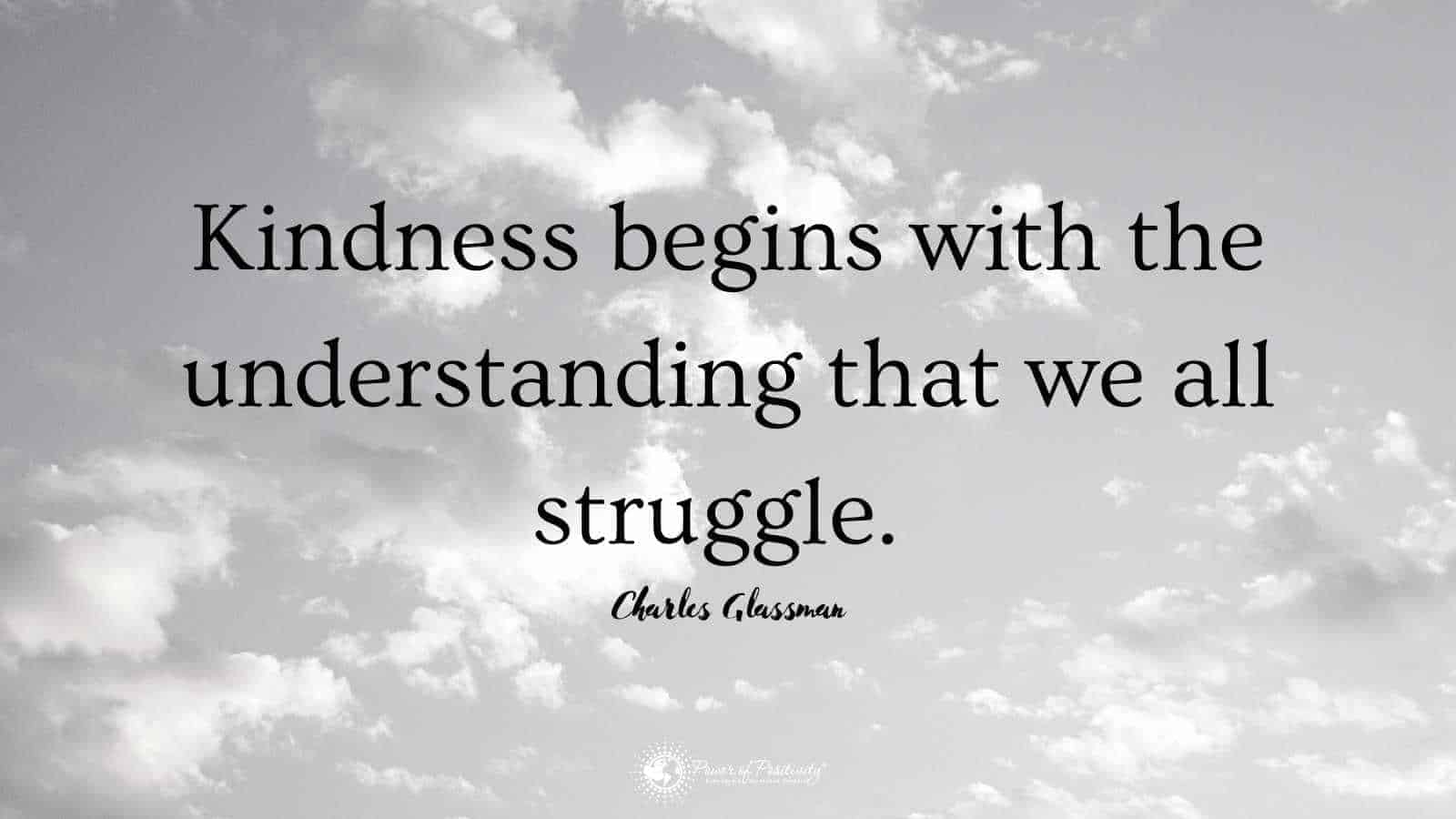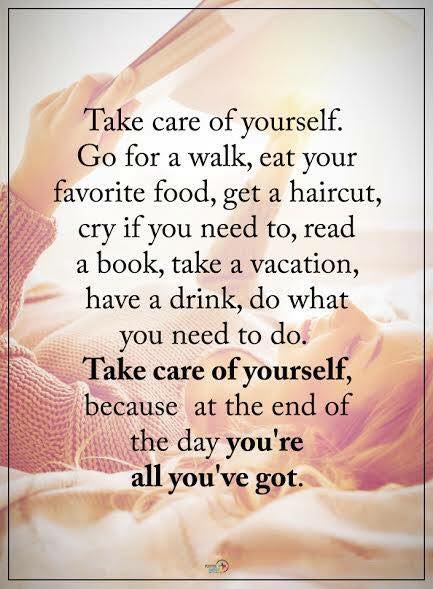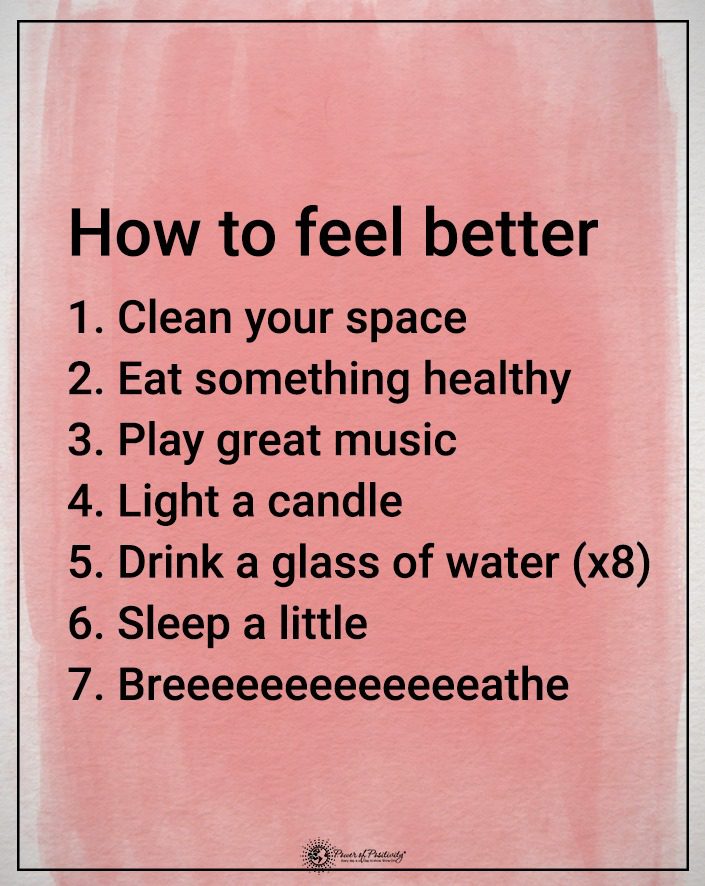Learn new, effective strategies to help you deal with insensitive comments.
Insensitive comments are painful and often shocking to hear. They can make you feel terrible and unsure about how to proceed. Of course, one deserves to listen to such statements.
But how can you go about handling these remarks and protecting yourself against them? Here are 4 effective strategies to help you deal with insensitive comments and 3 ways to build resilience on top of that.
Effective Strategies To Deal With Insensitive Comments
1 – Decide Whether You Want To Respond
Ideally, we’d live in a world in which responding to insensitive comments always nets positive results, but that’s not the case. Knowing the repercussions of speaking out could lead you to stay silent, while certain comments directed at you and a group you belong to are more likely to compel you to speak, says the Southern Poverty Law Center.
When making your decision, consider the following things:
- The type of comments
- Who made the comments (A person with authority? A child? A family member? A friend?)
- How were the comments made (Online? In person? To a large group? In front of children? At work?)
- What were the circumstances of the comments? (At work? In front of children?)
These questions will ultimately be made based on your judgment and how you gauge the next step. If you decide to let it go, determine the boundary at which you will speak up. If you decide to speak up, will you do so now or after you have some time to think? Use your best judgment.
Remembering that letting go and deciding others aren’t worth your time and effort is also a valid strategy for dealing with insensitive comments.
2 – Set Boundaries
Positive interpersonal boundaries are crucial to maintaining good relationships with all the people in your life, from family members to colleagues and from friends to authority figures. This isn’t just about physical wellbeing, but about mental and emotional wellbeing, too.
Setting positive boundaries will show others what is and isn’t acceptable for comments about you and those around you. When someone crosses a line you’ve drawn, quickly point them back in the right direction.
Here are some tips for setting boundaries:
- Start by determining your needs, including what constitutes basic respect.
- Take into account the way others prefer.
- Be clear and direct when naming your limits with others, and be equally clear and direct when you correct someone for crossing one of your boundaries.
- Be assertive; don’t be afraid of being as fierce and stern as those trying to break your boundaries.
- If you find it difficult to be assertive, start small and work your way up.
- Understand that you deserve to have your boundaries respected and stand by them.
3 – Use Humor
In situations where you want to correct someone for insensitive comments but don’t want to jeopardize yourself, humor is a great go-to. Lean into the awkwardness created by that insensitivity and make a joke out of it.
When used in balance, humor helps relieve tension while offering a subtle correction. However, be careful not to use it too much, as that can become unpleasant and worsen the situation again. The goal is to offer a light-hearted, resilient response to the individual who made the insensitive comment and then, as quickly as possible, use that humor to move on to the next subject.
With any luck, the person the humor is targeted at will get the picture and take the hint not to make the same mistake again next time. If they don’t take the hint, though, you’ll need to buckle up with positive thinking and either start ignoring them or be more assertive.
4 – Be Understanding
A key strategy for dealing with insensitive comments is to understand the other person. It allows you to humanize them and understand that their remarks don’t define them, allowing you to handle these comments better.
Here are some ways to do this:
- Try to see where the person is coming from and put yourself in their shoes. What is making them say this? Have they learned before that they shouldn’t? What message are they trying to get across?
- Don’t stoop to the levels of those who are insensitive. Two wrongs don’t make a right, so don’t make bad comments to get back at them. This is an educational opportunity, not one to turn into a cycle of anger.
- Surprise them with kindness. Learning to react with compassion first can be difficult, but it can also be rewarding. People are more likely to respond in a positive way to kind correction than angry antagonism.
Three Effective Ways To Build Resilience After Hearing Insensitive Comments
1 – Stop Catastrophizing
Catastrophizing is the act of exaggerating your experiences, making them world-ending scenarios instead of seeing them as the actual, realistic situations they are. This is a common feature of those with anxiety and can lead to decreased positive thinking and extremely high stress levels.
Events can be stressful or seem very severe when they happen, and insensitive comments from people you care about can seem disproportionately life-ending sometimes. After all, the people you trust have said something negative—something you never expected out of their mouths! It’s jarring, and it can be overwhelming.
Building resilience to this involves learning to stop the cycle of catastrophizing. These people are human and don’t always know that what they’re doing is harmful. It doesn’t mean they’re bad people or that you have to cut ties with them. And even if you do have to, think about the future! This will hardly matter in the long run, and one lost relationship isn’t the end of the world.
When you learn to stop catastrophizing, you learn to take control of your emotions, think critically about the things affecting you, and, ultimately, overcome the anxiety that may be holding you back. It’s an important trait for anyone!
2 – Practice Forgiveness
Holding a grudge can often involve repressing or hanging onto certain emotions that might be harming you more than you might expect. Not everyone is ready to forgive right away, but it’s a goal that you should work towards.
Research indicates that the act of repressing feelings or emotions is significantly worse for the mind and body. Still, forgiveness following reflection can lead to boosted positive thinking, more feelings of control, and more empathy overall.
First, acknowledge the incident that hurt you and how. In this case, you’d be acknowledging the insensitive comment, why it was insensitive, and how it affected you and may continue to affect you.
Next, commit to the act of forgiveness. You’d learn to think of the act of letting go as one that is performed for your own sake, and you need to take steps forward, slowly, toward this commitment.
Looking for the silver lining
Finally, seek the positive in the experience. What have you learned in this process? How can you grow from it? Will it ultimately strengthen your relationship with someone, or will it show you who your real friends are? Will it show others that your boundaries can’t be messed with? Why was this experience so important?
Many trauma survivors make it clear that forgiveness isn’t necessary, and that’s somewhat true, but not in the way you might think. Learning to forgive on your part—meaning to let go of the resentment and hatred towards someone who has wronged you—is an act that benefits you and is done only for your own sake. This is positive and necessary and builds resilience in the long run.
However, conveying to another person that you have forgiven them is unnecessary, and you can still decide not to continue a relationship with someone after you, personally, forgive them. It’s up to you if you still want to have a relationship with someone who continually makes insensitive comments towards you and others, but forgiving them in your heart is needed either way.
3 – Practice Mindfulness Meditation
Mindfulness is a technique that involves living in the moment. It means letting go of past pain and future worries and focusing on the here and now. Unsurprisingly, this is a big part of resilience – the ability to take each day one step at a time and plan for the future without drowning in anxiety over it or being weighed down by the past.
Emotions are the key factors that stand between you and achieving mindfulness. The feelings that you experience can be overpowering. This doesn’t just apply to receiving insensitive comments, but to everything in general that can happen in your life.
Here are some ways insensitive comments can lead to a need for mindfulness:
- Again and again, you think about the humiliation you felt for being on the receiving end of the insensitive comments.
- You regret how you handled receiving the comment and wish you’d been more successful in convincing the other person to stop.
- You regret not speaking up when you heard the comment because you feel like you let them walk over you or like you failed to be an ally to another group of people.
- You’re worried about having to deal with similar comments in the future.
- You’re worried that your relationship with this person might be damaged if you say anything.
These painful thoughts shouldn’t be allowed to continue to dictate the future, but they can crop up in all sorts of scenarios in your life. But when you bring yourself back down to earth with mindfulness, you might realize that these things aren’t as bad as you thought.
Mindfulness meditation can boost positive thinking and relieve stress among many different groups of people, and it builds resilience because it makes you more aware of yourself and your body. You learn to trust your instincts, make healthy decisions, and avoid things that will harm you without worrying about the past or agonizing over the future.
Those who practice mindfulness have even been found, in studies, to experience lower levels of negative emotion when they look at things they’re afraid of. Their mindfulness keeps them grounded, so their thoughts don’t become overwhelming. That kind of resilience is tough to build but worth it in the end!
Final Thoughts On How To Deal With Insensitive Comments and Build Resilience
It’s always awful to receive insensitive comments, but the good news is that you get to control how you respond to them. By learning to proactively handle insensitive comments and building your resilience against them and other external factors, you’ll enjoy a happier, less stressful life.



















